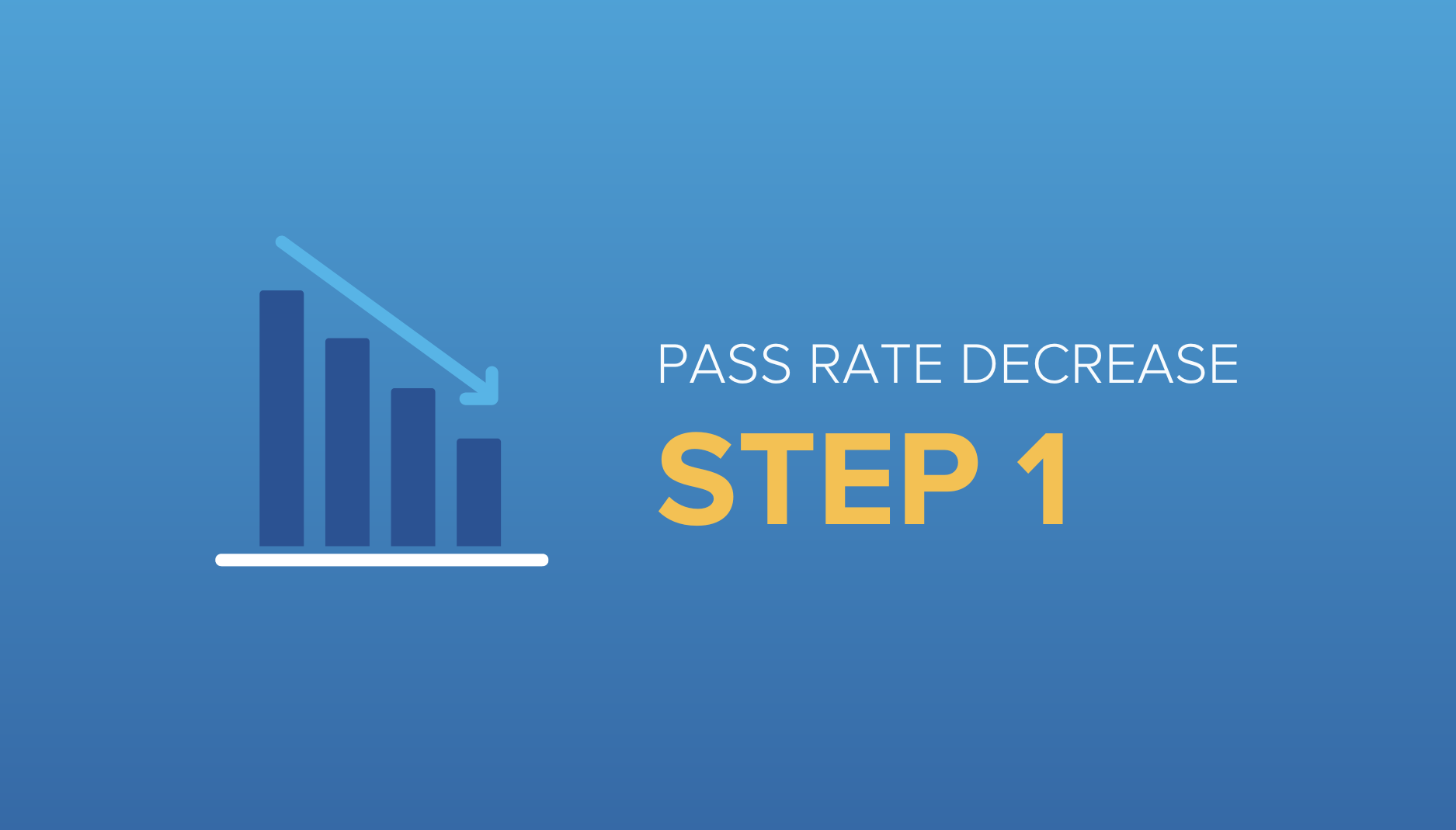As a medical student, you are constantly bombarded with large volumes of information from lectures, textbooks, and clinical rotations. It can be challenging to keep all this information organized and remember everything you need to know for exams and clinical practice. That’s where the Cornell note-taking method comes in handy.
In this post, we’ll explore how the Cornell method can help you take better notes as a medical student.
What is the Cornell Note-Taking Method?
The Cornell method is a technique that was developed by Walter Pauk, an education professor at Cornell University. The method involves dividing a page into three sections: a notes section, a cue column, and a summary section.
Notes Section
This is where you take notes on the lecture or reading. It should be the largest section of the page and contain all the important information.
Cue Column
This column is to the left of the notes section and is used to write down questions, keywords, or ideas that relate to the notes.
Summary Section
This section is at the bottom of the page and is used to summarize the main ideas or main themes of the notes.
Now that we’ve laid out the basics, let’s illustrate the method by way of example. Suppose you are attending a lecture about coronary artery disease (CAD). Your notes may resemble the following:
Pathophysiology of Coronary Artery Disease (CAD)
4 Ways the Cornell Method Can Help You During Medical School
#1: You can better organize information.
Medical school involves retaining a lot of information in a short amount of time. The Cornell note-taking method can help you organize this information and make it easier to review later. By dividing your notes into different sections, you can easily find the information you need when you need it.
Example: If you are taking notes on the anatomy of the heart, you could write down the different parts of the heart in the notes section, questions about the blood flow in the cue column, and a summary of the cardiovascular system in the summary section.
#2: You can better engage with the material.
The Cornell note-taking method encourages active engagement with the material. By writing down questions and keywords in the cue column, you are actively thinking about the information and making connections among different concepts. This can help you remember the information more effectively and make it easier to retrieve later.
Example: If you are studying the physiology of the respiratory system, you could write down questions about lung volumes and capacities in the cue column, which will help you focus on those important concepts and remember them more easily.
#3: You can review your notes more efficiently.
One of the most significant advantages of the Cornell note-taking method is that it makes reviewing notes much easier. By writing a summary section, you can quickly review the most important information without having to read through all your notes again. This can save you a lot of time when you’re preparing for exams or clinical practice.
Example: When reviewing for a cardiology exam, you could quickly scan the summary section of your notes on cardiovascular physiology to refresh your memory on the most important concepts.
If you’re just starting your USMLE exam prep, read this FREE Hero’s Guide to Defeating the USMLE, a 38-page master class from the experts that will save you time and ensure your success when you reach the final boss and face your exam. If you’re further along in your prep, it’s even easier to jump to helpful tips in the guide for your specific stage in the journey!
#4: You can easily collaborate with classmates.
The Cornell note-taking method can also be useful when you are working with other students in study groups or peer review sessions. By sharing your notes with others, you can compare notes and fill in any gaps in your knowledge. The cue column can be particularly helpful for this, as it can stimulate discussions and brainstorming among group members.
Example: If you are working with a study group on a case presentation, you could share your notes on the patient’s medical history and symptoms. Your colleagues could then ask questions or share their own notes in the cue column, which can lead to a more productive discussion.
How to Use the Cornell Method for Specific Medical Topics
Before we wrap up, here are some examples of how you could use the Cornell note-taking method for specific medical topics:
Anatomy
When taking notes on the anatomy of the heart, you could write down the different parts of the heart in the notes section, questions about blood flow in the cue column, and a summary of the cardiovascular system in the summary section.
Physiology
When taking notes on the physiology of the respiratory system, you could write down questions about lung volumes and capacities in the cue column.
Pathophysiology
When taking notes on the pathophysiology of hypertension, you could write down questions about how hypertension affects the cardiovascular system in the cue column and fill in the notes column with the corresponding answers.
Pharmacology
When taking notes on the pharmacology of antibiotics, you could write down questions about the mechanism of action for different types of antibiotics in the cue column.
Clinical Skills
When taking notes on clinical skills, such as how to perform a physical exam, you could write down the different steps of the exam in the notes section, questions about the purpose of each step in the cue column, and a summary of the exam in the summary section.
Further Reading
To summarize, the Cornell note-taking method is a valuable tool that can help you take better notes as a medical student. By using this method, you can organize information, engage with the material, review your notes more efficiently, and collaborate more effectively with others. So, next time you’re in class or studying for an exam, give the Cornell note-taking method a try and see how it can help you excel as a medical student!
If you’re looking for additional tips on how to stay organized during medical school, check out these other blog posts:







